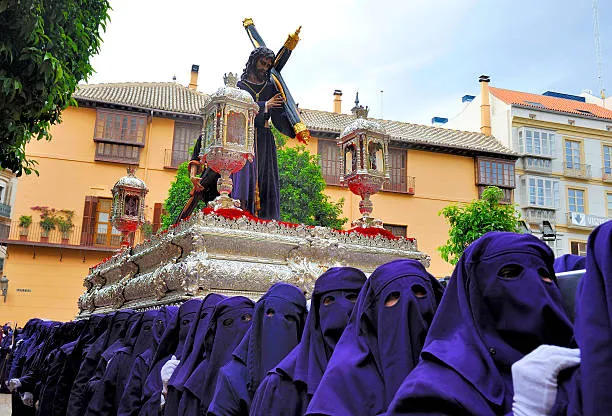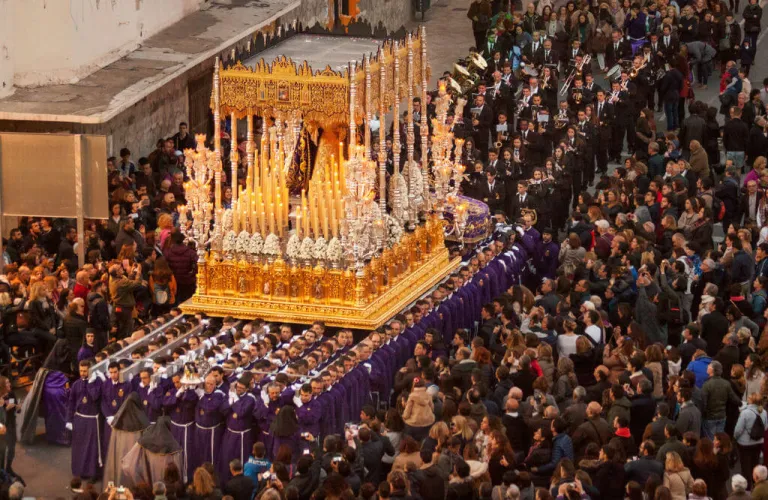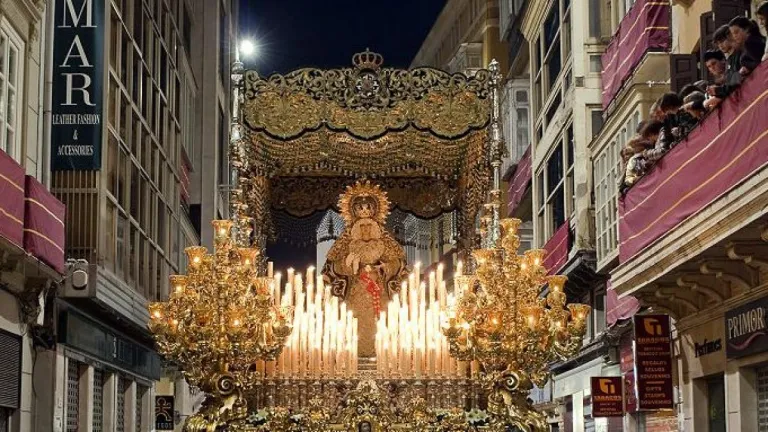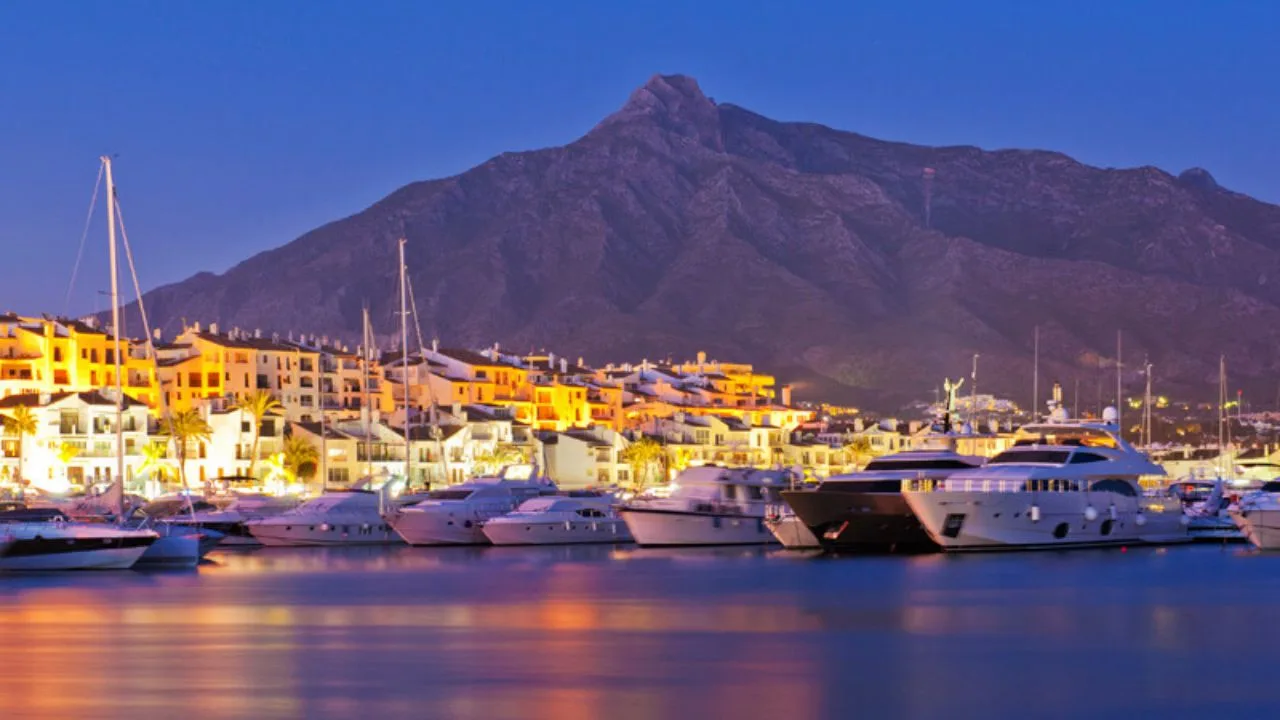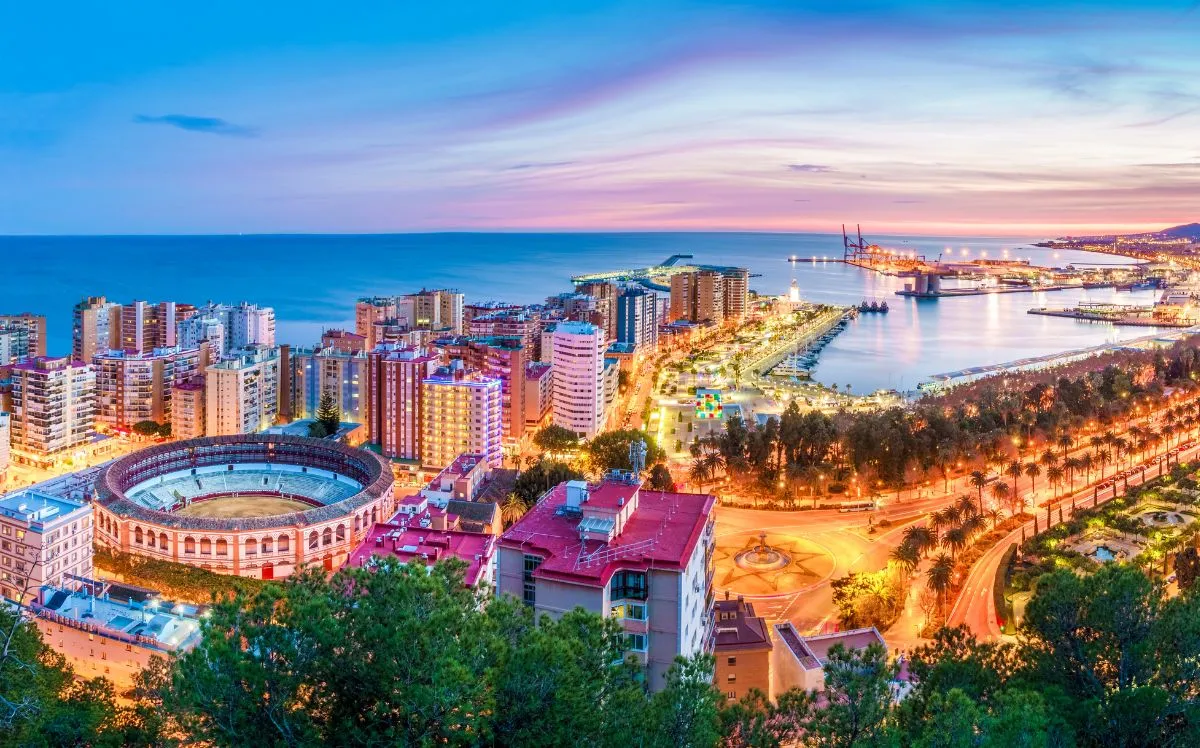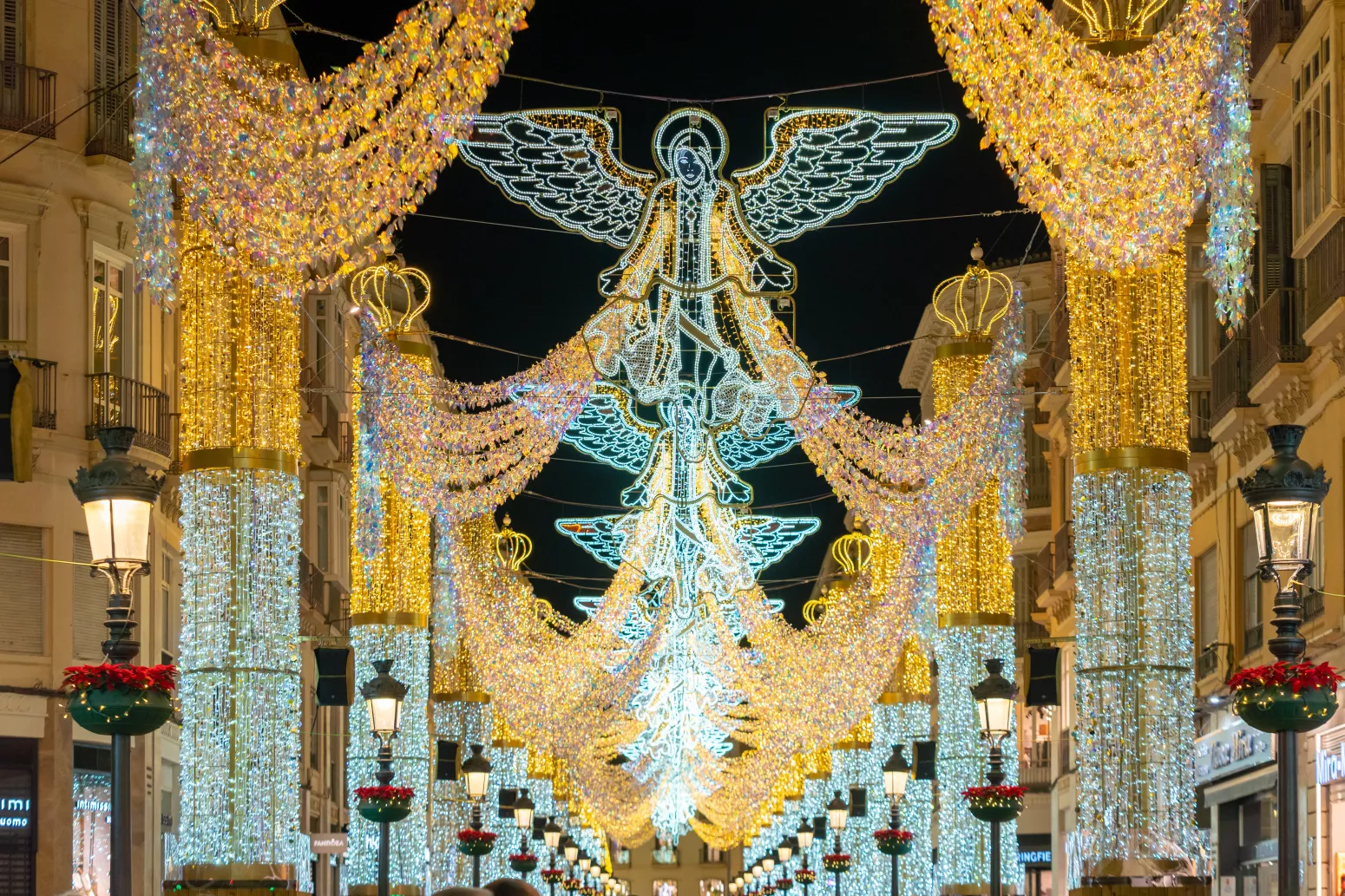Easter in Málaga
Semana Santa or Holy Week
In all of Spain, one of the most significant occasions is Easter. This event is held in the first week of April or late March and is a fantastic way to unwind from daily life and hard work.
Easter, also known as Holy Week (Semana Santa in Spanish), is marked by long, solemn processions that parade across the city for seven days. It is one of the busiest times of year – shops and restaurants close on Thursday 6th, and Friday 7th of April, as thousands of people fill the streets to watch the parades.
History of Easter in Málaga
Málaga has celebrated Holy Week since the Catholic Monarchs took control of the city in 1487. The first brotherhoods were founded at that time with the help of religious groups. The first brotherhood dates back to 1505.
Later, between 1545 and 1563, during the Trent Council, the Church encouraged the production of sculptures and their release onto the streets. These religious symbols that were put up on the streets were meant to counteract the spread of Protestantism. This is the origin of the thrones that are so emblematic of Holy Week in Málaga.
The processions in Málaga
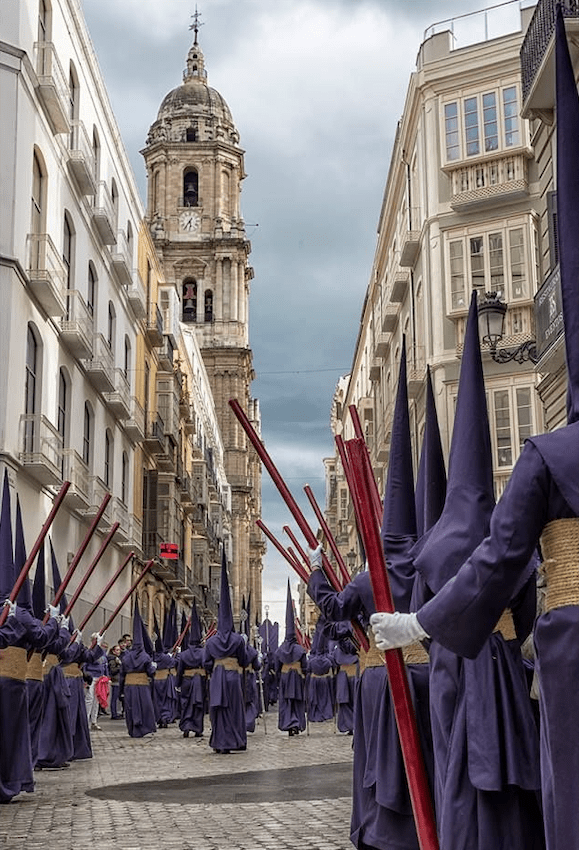
The processions, organised by brotherhoods, are parades with giant floats carrying the sacred figures of Christ and the Virgin Mary. Members of the brotherhoods carry the floats through the streets and also walk in front of them, accompanied by the pounding of drums and music. The participants all wear traditional religious gowns and pointy hats.
These processions mark the commemoration of the death of Jesus Christ, and it is one of the most stunning and sentimental holidays in Spain.
There are about 40 processions in total, so it is advisable to choose 2 or 3 and make an effort to watch these. Each procession starts and ends at different churches or chapels, but they all travel the same path along the Alameda Principal, Calle Larios, and the beginning of Calle Granada. They all pass the Cathedral as well.
They take several hours, as the floats are very heavy, and the bearers can only carry them for short periods of time.
 English
English Danish
Danish 